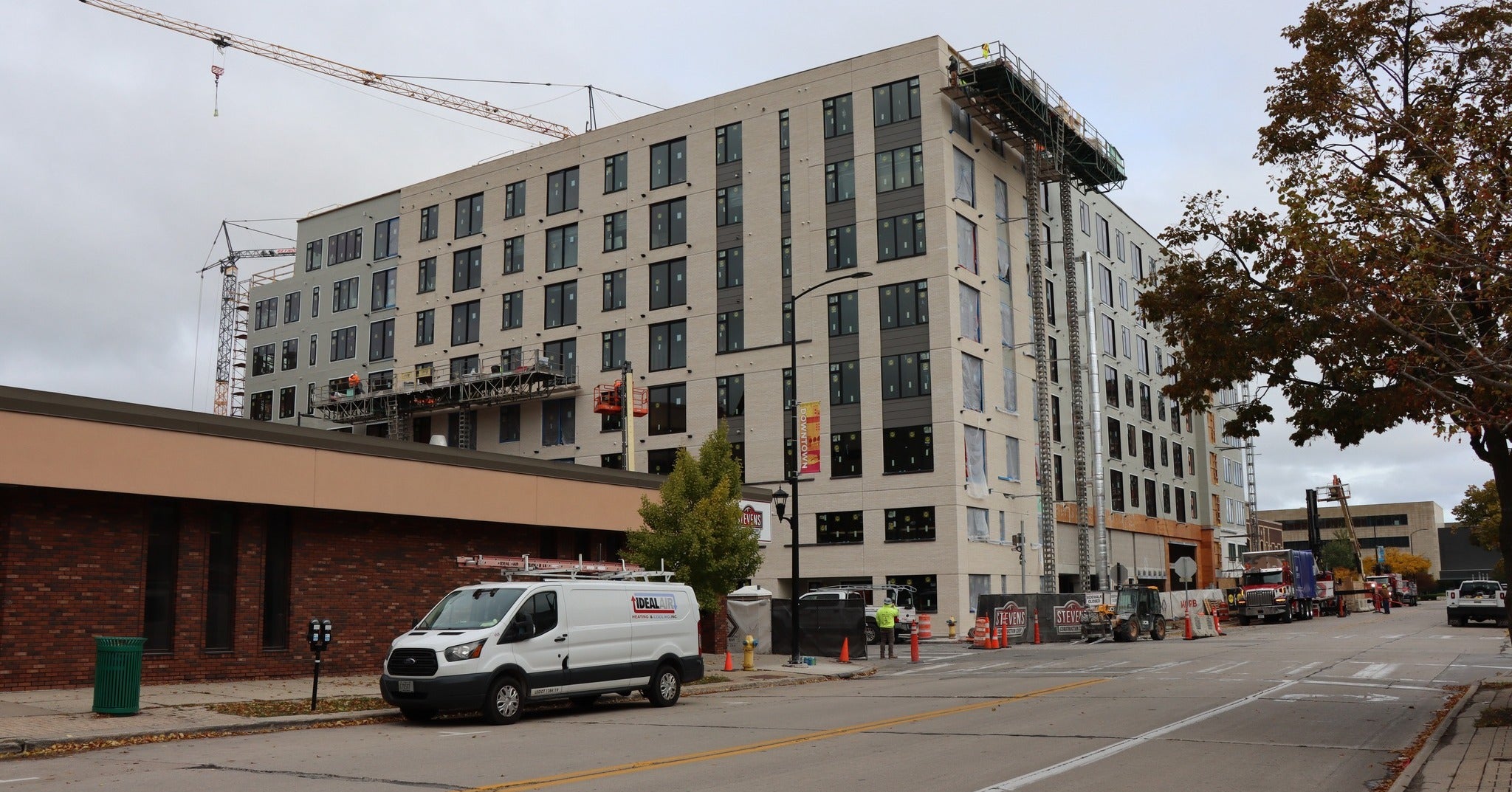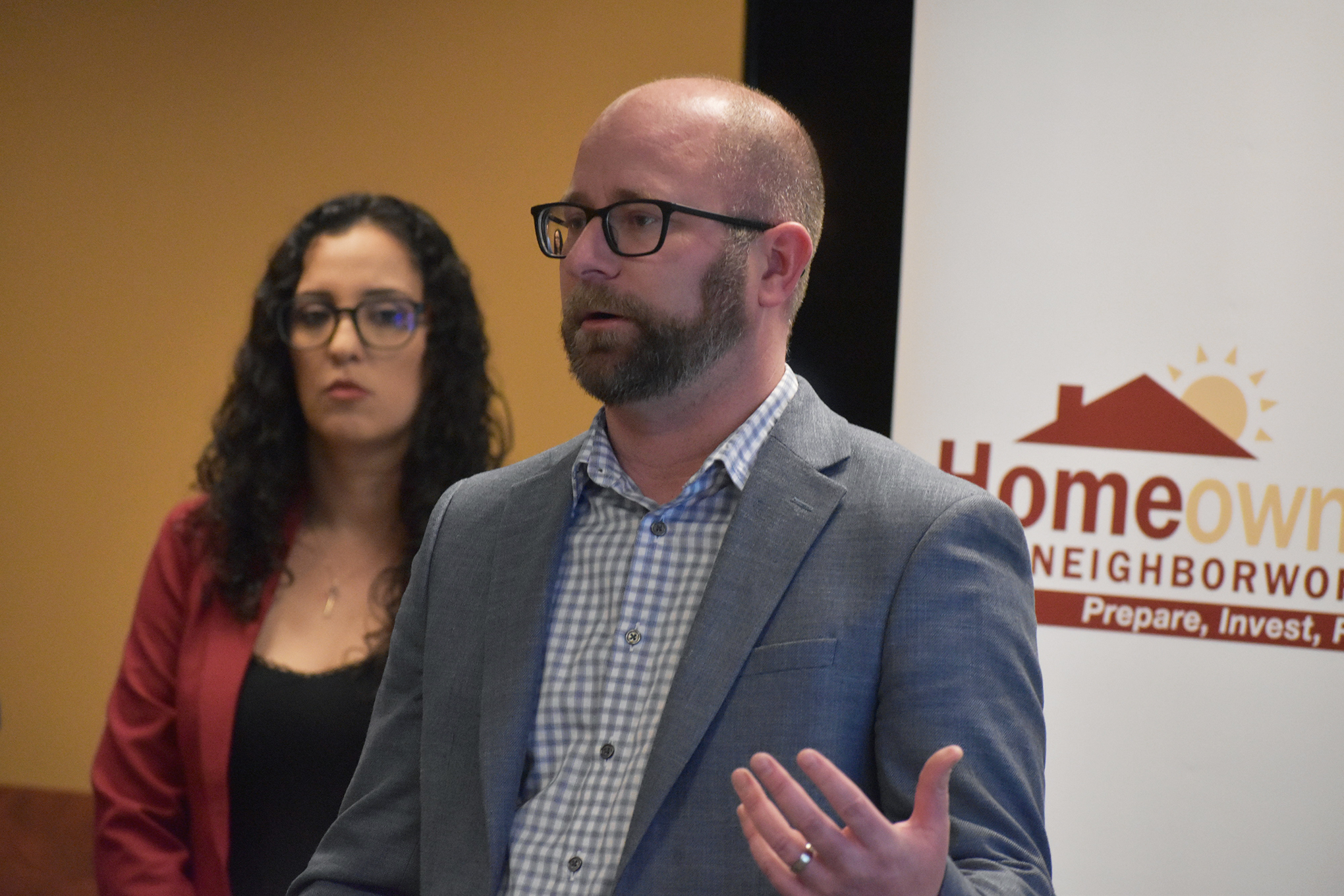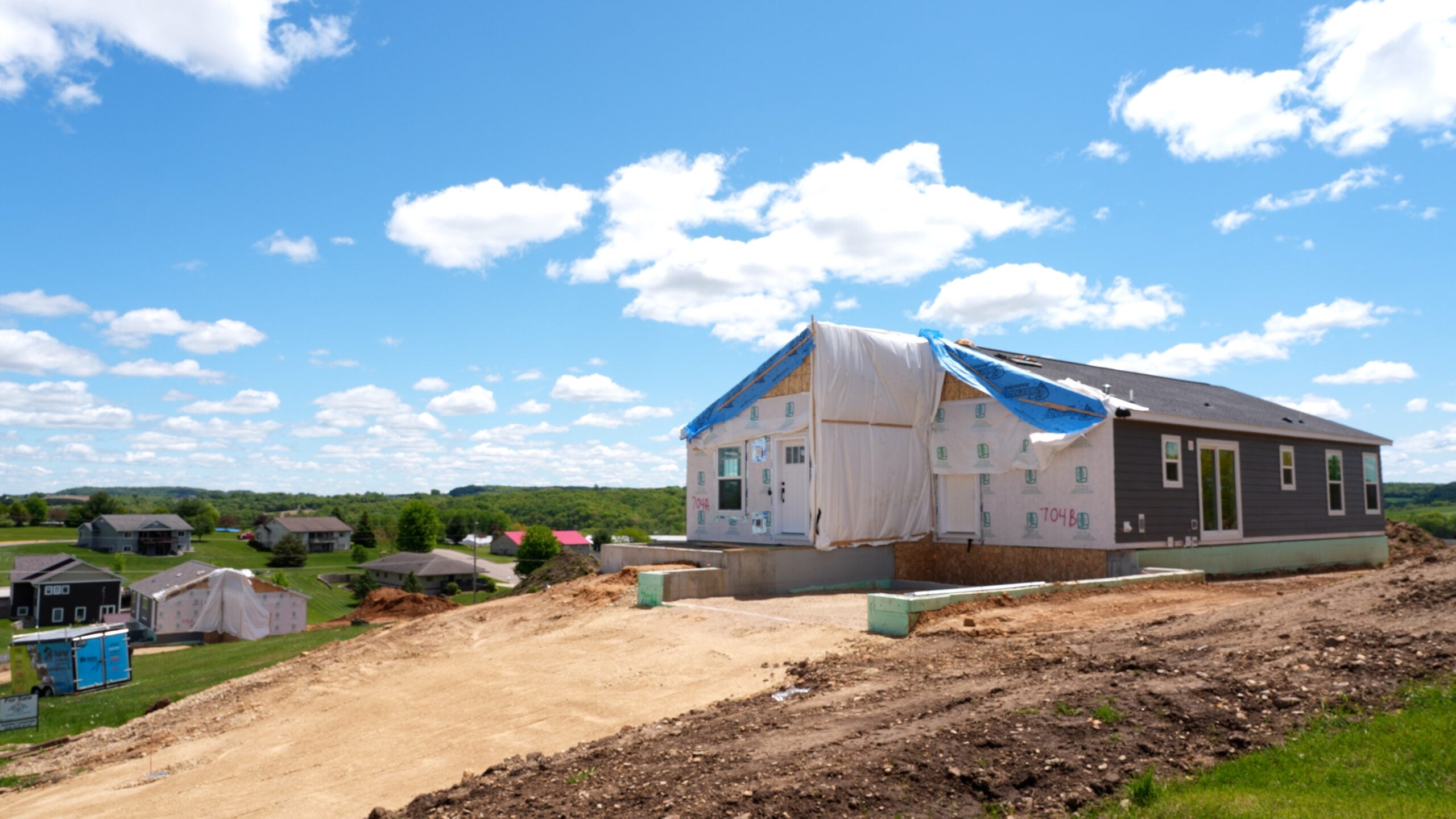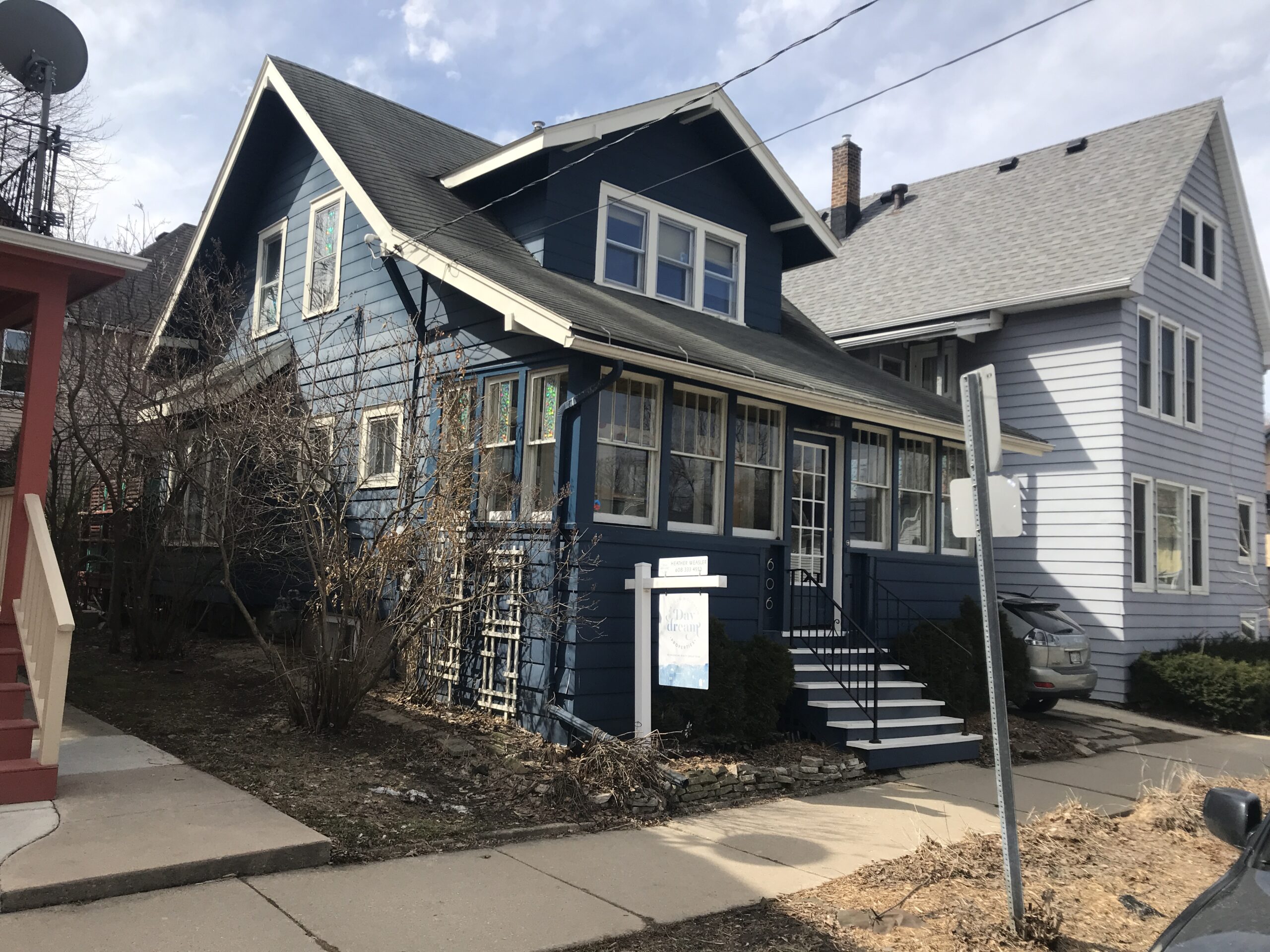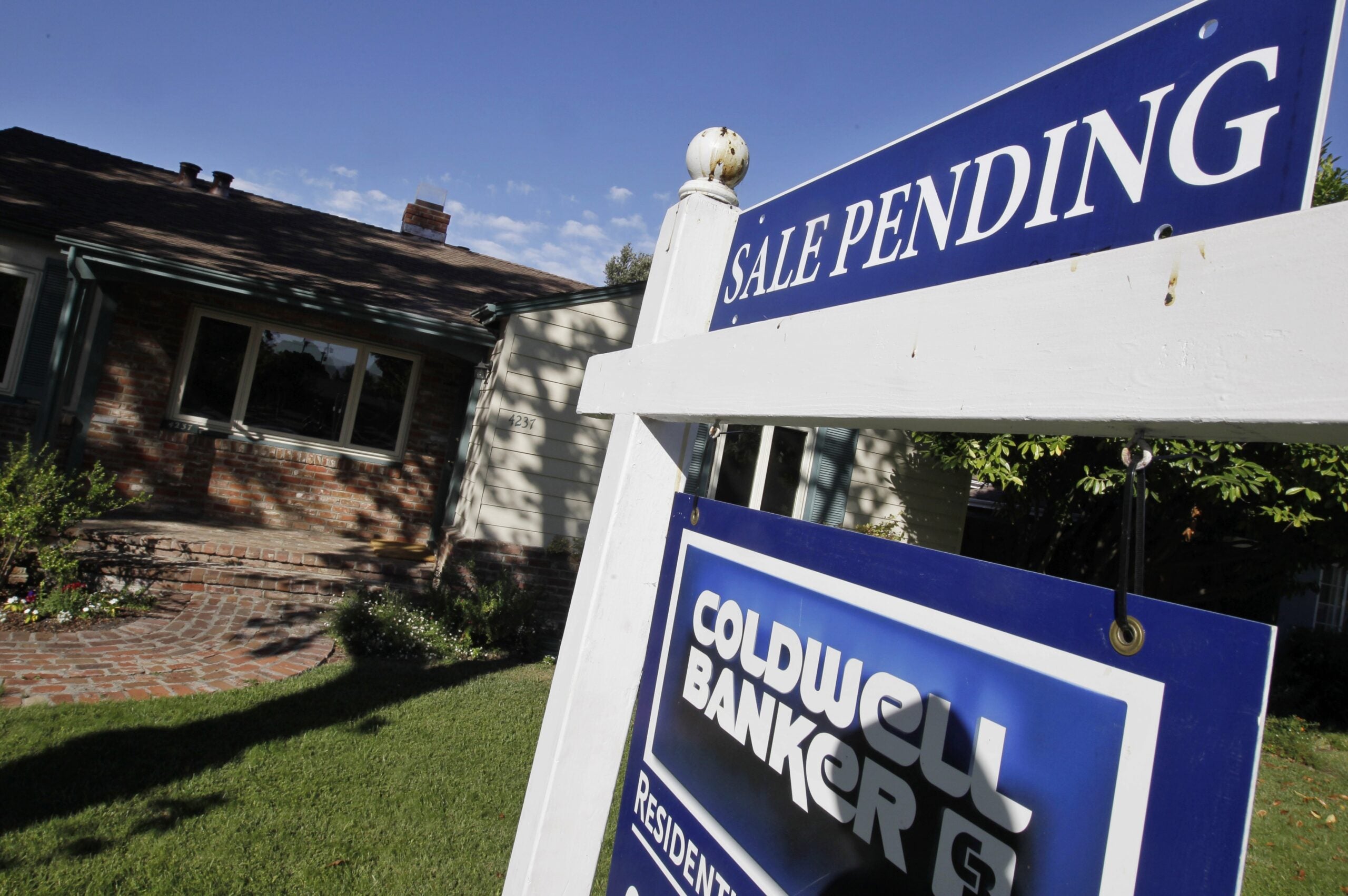Wisconsin’s housing shortage has proven difficult for residents across the state, but buying a home has become an especially expensive proposition in some communities.
The state needs to build 140,000 housing units by the end of the decade to keep pace with current demand, and 227,000 units if it wants to grow its working-age population, according to a report from Forward Analytics, the research arm of the Wisconsin Counties Association.
In general, median home prices are lower in more rural parts of the state and typically higher in more urban and suburban areas.
News with a little more humanity
WPR’s “Wisconsin Today” newsletter keeps you connected to the state you love without feeling overwhelmed. No paywall. No agenda. No corporate filter.
Milwaukee County is the exception. Its median home price last month was roughly on par with rural Waupaca County, according to data out this week from the Wisconsin Realtors Association.
Waukesha, Ozaukee and Dane counties have long been the most expensive counties in the state for buying a home, according to David Clark, an economist with the realtors association. Each had median home sale prices above $400,000 last June, and those home prices have continued to rise.
Last month, the median price for a home in Waukesha County was $464,000, Ozaukee was $450,000 and Dane was $420,000, the realtors association report said.
In fact, housing costs have risen much faster than incomes in Waukesha County, where the median home price increased by more than 41 percent between 2016 and 2021, while its median household income only rose by 15 percent, according to a new report from the Wisconsin Policy Forum.
That’s pushed housing costs out of reach for many residents, as many common occupations — such as teachers and firefighters — do not pay enough to afford the county’s median cost of owning a home, the report said.
“This is not unique necessarily to Waukesha County, but it shows you what’s happening in the market more broadly,” said Joe Peterangelo, a researcher with Wisconsin Policy Forum. “A lot of different factors are at play here.”
“The rising costs of building homes is one big factor, and one that’s much harder to control,” he continued. “There’s also just less building happening — there’s not enough housing being produced to keep up with demand.”
According to the Wisconsin Policy Forum report, 43.4 percent of renters in the county were spending more than 30 percent of their income on rent, as Waukesha has the second-highest median rent in the state behind only Dane County.
Clark said home prices affect rental prices. When affordability is low and median prices are high, it prices some people out of the purchase market.
“Ultimately, they rely more heavily on rental housing, and that will keep those rental prices higher,” Clark said.
Zoning, community pushback also help keep housing expensive
But besides low supply and high demand, restrictive zoning regulations and community pushback to new housing development are helping to keep home prices high.
In Waukesha County, zoning regulations often limit the types of housing that can be produced, as some municipalities restrict developers from building smaller homes on smaller lots, the Wisconsin Policy Forum Report said.
In fact, lot sizes in Waukesha County were twice as large as those in Dane County, and as a result, Dane County had more than double the lots created by subdivision than Waukesha on less land from 2018 to 2022, the report said.
Peterangelo with Wisconsin Policy Forum said creating smaller lots helps reduce the cost of housing and meet market demand.
“Oconomowoc is one example of a community in Waukesha County that has actually eliminated its minimum lot size,” he said. “That allows developers to develop whatever the market will desire, what homebuyers want to purchase. That eliminates a barrier for developers.”
When it comes to workforce housing, public opposition often poses a major obstacle for developers and communities. The Wisconsin Policy Forum report said there’s a disconnect between market demand and community preference.
“Developers commonly propose denser, mixed-income housing because they want a variety of products to sell to potential buyers or because larger multi-family buildings are needed to make projects work financially,” the report said. “Community members frequently oppose such developments, however, due to concerns about potential impacts on traffic, parking, property values, or other factors.”
Housing is typically cheaper in more rural areas
Data from the Wisconsin Realtors Association shows that central and northern Wisconsin had the lowest median home prices in June at $230,000 and $255,000, respectively.
Meanwhile, south central and southeast Wisconsin, home to the state’s two biggest municipalities and their suburbs, had the highest median home prices at $357,500 and $320,000, respectively.
Clark said the difference between prices in more rural regions and urban or suburban regions often comes down to the price of land. He said land is more expensive in urban areas because they have a higher concentration of jobs, increasing competition for housing.
“You have a large employment base that, in general, wants to live relatively close to where they work so they’re not commuting long distances,” Clark said. “If you get into those fringe rural counties, those prices are going to be lower, but the trade-off is you’ll be commuting longer distances to work.”
Clark also said quality of life factors are contributing to higher prices in Waukesha, Ozaukee and Dane counties.
Although Milwaukee County houses many urban jobs, its median home price in June was roughly $200,000 lower than its suburban neighbors of Waukesha and Ozaukee counties. Clark said homes in Milwaukee tend to be older and have smaller lots than its suburban counterparts, which brings prices down.
“As you get later in life, there are certain things that become important,” he said. “Space becomes important. The ability to have a yard becomes important. If you look at the city of Milwaukee, if really what you want is a big yard, there really aren’t a lot of good options.”
Can communities do anything?
To address housing affordability, Peterangelo said communities can revise their zoning codes to be more flexible to different types of housing in traditionally single-family neighborhoods.
In 2021 and 2022, the League of Wisconsin Municipalities partnered with the Congress for the New Urbanism to develop a toolkit aimed at helping cities, towns and villages revise their zoning codes to promote affordable housing.
A few of the recommendations include allowing multi-unit housing in single-family zoning districts that historically included two-family units and allowing for accessory dwelling units, also known as in-law suites or backyard cottages, in all single-family districts.
“Zoning is something that restricts housing development and the variety of housing development in communities across the state,” Peterangelo said. “And it can really be something that any local community can really reexamine as they’re trying to figure out, ‘What can we do? What do we have control over?’”
He also said communities should also find ways to raise awareness around the need for more housing in response to pushback from residents, which is a major barrier to building more affordable housing.
“More public awareness, more public education has to happen, so that people really understand the dynamics of the problem and the need for more housing,” Peterangelo said. “There is a big disconnect there.”
Wisconsin Public Radio, © Copyright 2026, Board of Regents of the University of Wisconsin System and Wisconsin Educational Communications Board.

